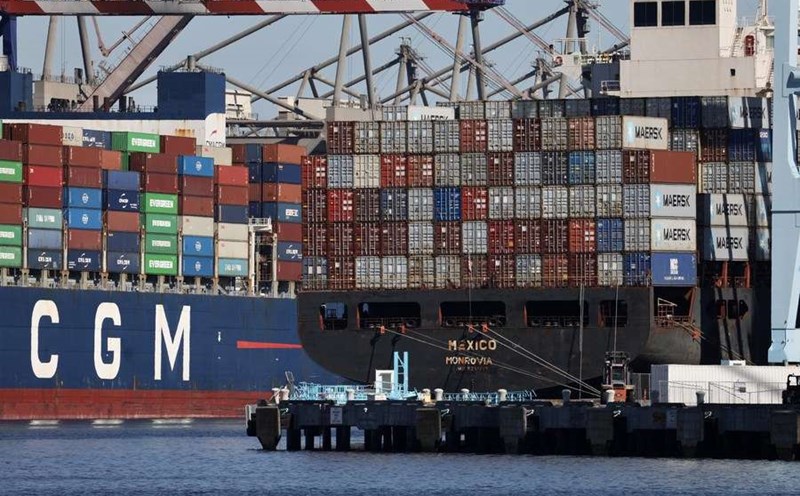The $8.6 billion includes $4.3 billion for a maximum of three heavy Polar Security Cutters, $3.5 billion for mid-class Arctic Security Cutters, and $816 million for additional light and medium-class icebreakers.
The new icebreaker will have a reinforced body and a specially designed bow to break ice more effectively. The US Coast Guard currently has only three ships on duty in the Arctic, while they had hoped for eight to nine. With the development of ice-soluble climate change in the poles, the Arctic route is increasingly considered a strategic trade link between the Pacific and Atlantic.
Russia currently owns the world's largest icebreaker fleet with 57 ships. China is smaller in scale but is boosting investment. These two countries have pledged to strengthen cooperation to resolutely counter the influence of the US. Under that pressure, the US, Canada and Finland last year established a tripartite partnership called the ICE Pact, aiming to build a fleet of 70-90 icebreakers over the next decade.
President Trump has repeatedly called for the ownership of up to 40 new icebreakers to strengthen national security in the Arctic. He affirmed that these ships will help support logistics and maintain supply routes for oil, gas and mineral exploitation activities.
In terms of manufacturing, shipyards in Louisiana such as Bollinger Shipyards and Edison Chouest Offshore cooperated to form a United Shipbuilding Alliance (USA) alliance to meet urgent needs. The alliance began building the first ship in the Polar Security Cutter program at a factory in Mississippi, despite many delays and costs. The estimated cost of building the three ships could be as high as $5.1 billion - 60% higher than the initial forecast.
Other units such as Davie Shipbuilding in Quebec or Keppel Amfels in Texas are also participating in the icebreaking shipbuilding market. However, buying ships from foreign workshops requires special permission from the president.
The US Coast Guard recently received its first sever severance denial of disease in 25 years - an improved version of the Storis, built by Edison Chouest Offshore. The fleet currently has a Polar Star about 121.6m long and a Healy about 128m long.











